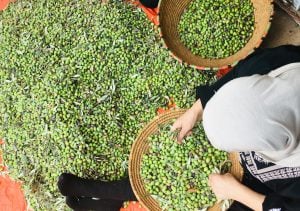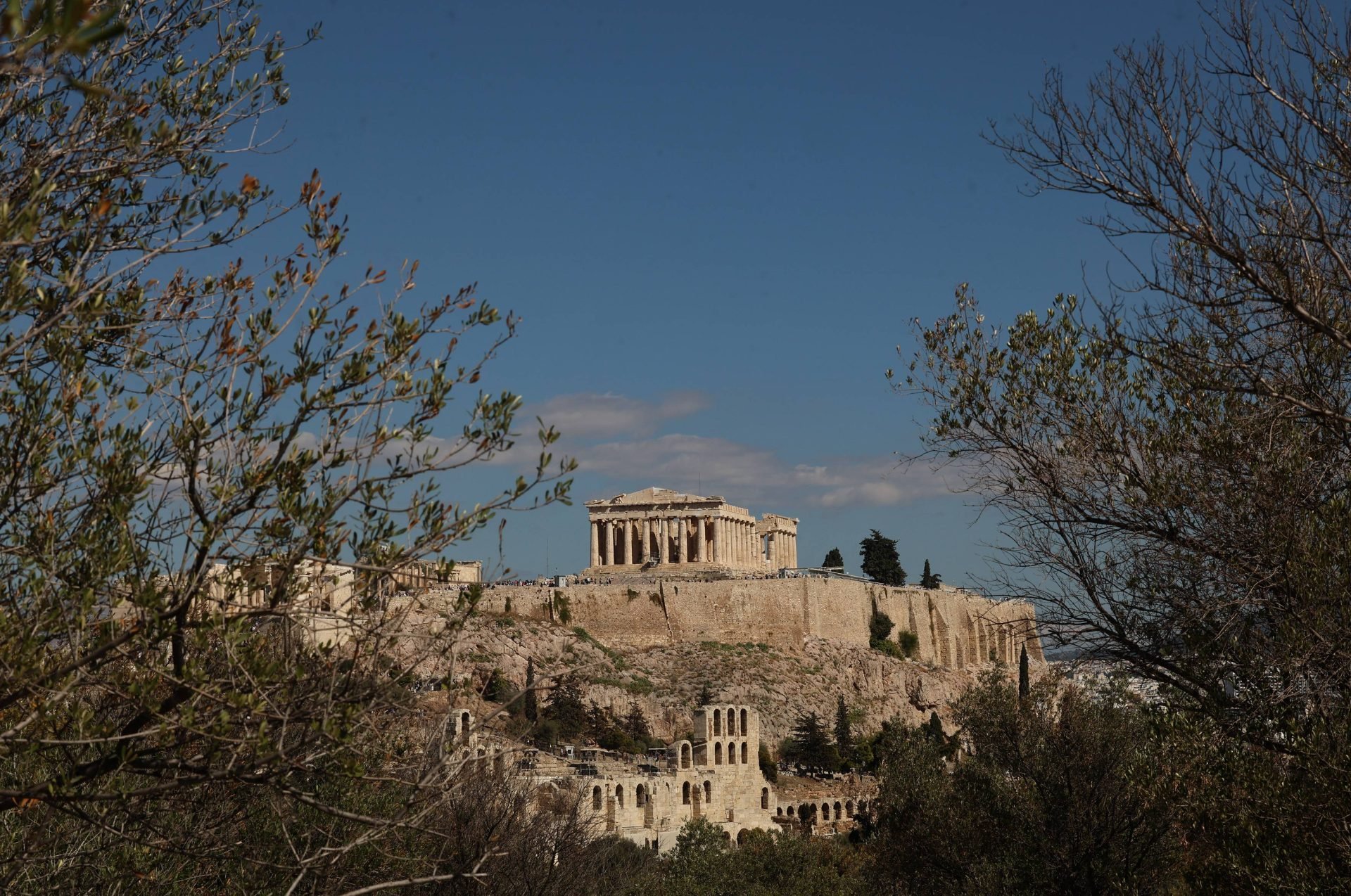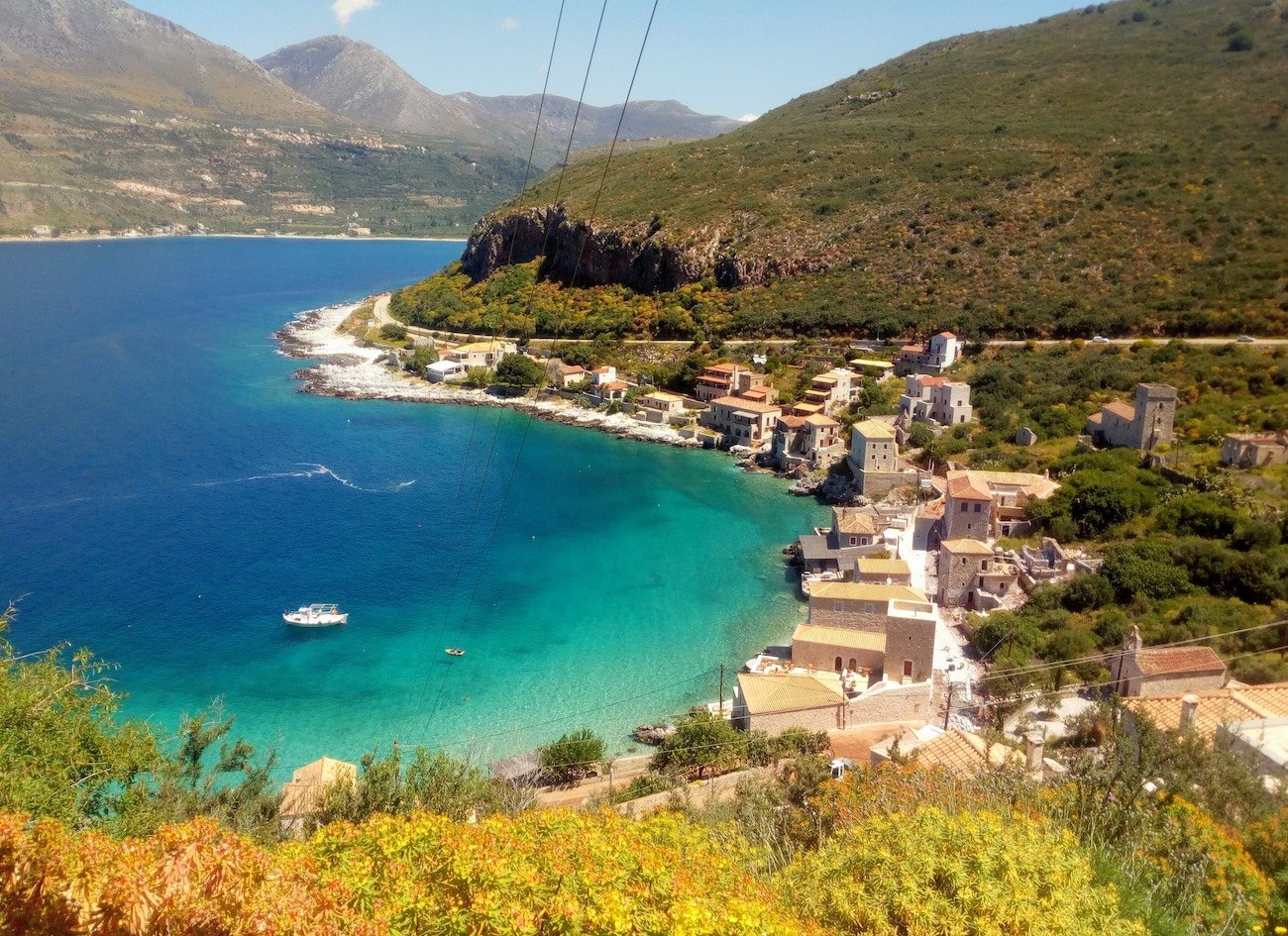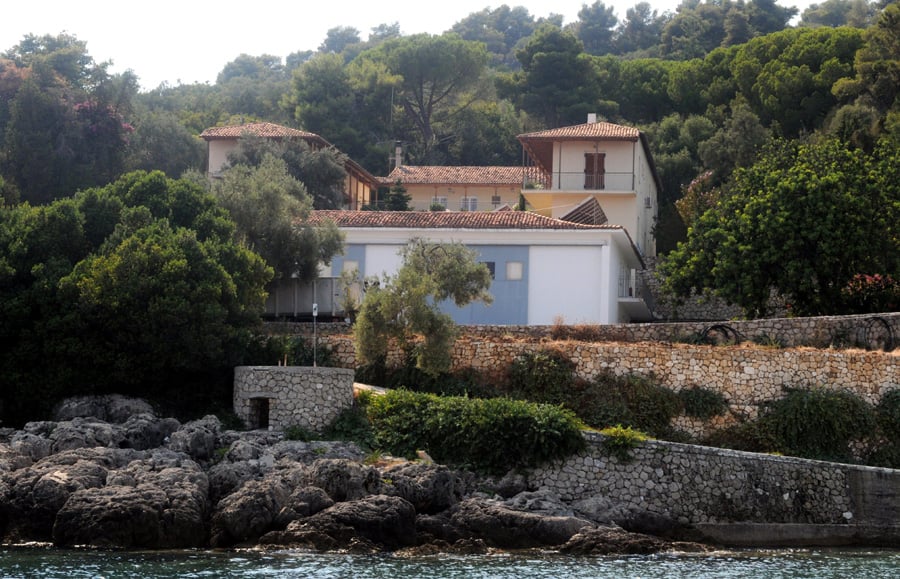Autumn in the Groves: What Happens in October–November
When the heat softens and the first cool breeze arrives, Greece moves into one of its most beautiful rhythms: the olive harvest. From late October, usually through November, families return to their villages, neighbours gather under silver-green trees, and local presses start working day and night. If you’re visiting or own a home in Greece, this is the season when the countryside is most alive.
Greece is one of the world’s leading olive producers, with over 2,800 olive oil mills countrywide and an annual output of around 2 million tons, ranking it third internationally, behind Spain and Italy. The country produces both edible olives (approximately 120,000 tons per year) and olive oil, with cultivation constantly expanding into new areas. The harvest begins in October and lasts until March, depending on the variety.
Roots that Run Deep
Olive growing in Greece goes back thousands of years, with strong ties to Minoan Crete and classical Athens. According to mythology, the city of Athens got its name from the contest between the goddess Athena and Poseidon for the protection and naming of the city, then called Kekropia. The two rival gods climbed onto the rock of the Acropolis along with the other ten gods of Olympus. They would be the judges in the dispute between the two gods and would make the final decision.
Poseidon struck the rock of the Acropolis with his trident, creating a spring of seawater. Athena offered the inhabitants an olive tree that would provide them with food, oil, wood, and shelter. The inhabitants of the city, judging that the olive tree was a more valuable and useful gift for their prosperity, chose Athena as their patron goddess. Thus, the city was named Athens in honour of the goddess.
This is a story that still shapes how Greeks see the olive today: as a symbol of peace, wisdom, and resilience. You’ll feel that heritage in small, everyday ways, shared meals in the groves, blessings for a good crop, and proud first tastings of the new oil.
How the Olive Harvest in Greece Works (Simple, Not Technical)
Across Crete, the Peloponnese, the islands, and mainland valleys, the process is surprisingly hands-on:
– Nets are spread under the trees.
– Branches are combed with hand rakes or gently tapped so olives fall softly.
– Baskets fill, trucks arrive, and the fruit goes quickly to the local mill.
Many families still harvest as their grandparents did, but smart tools have made the work lighter:
– Hand rakes and nets preserve fruit quality and protect the trees.
– Light electric combs and branch shakers speed up the process while staying gentle.
– In larger, flatter estates, mechanised platforms help collect fruit efficiently.
Most growers blend methods: a little technology for efficiency, hand selection for the best fruit. The result is quality you can taste, especially in varieties like Koroneiki (famed for fresh, fruity oil) and Kalamata (beloved as a table olive). At the mill, olives are washed and cold-pressed.
Beyond the practical work, the olive harvest in Greece is a community event. Families travel back to ancestral land, friends help friends, and the day pauses for outdoor lunches, grilled bread, tomatoes, olives (of course), and local wine. For newcomers and foreign homeowners, it’s an easy way to connect with your village, meet neighbours, and understand the Greek idea of philoxenia, genuine hospitality.
Varieties and use
1.Early harvest: Green olives are harvested first.
2.Popular varieties follow: Black olives, such as Kalamata and Amfissa, are the most popular in Greece.
3.Late harvest: Until March, wrinkled olives, known as throubes, are harvested and preserved in coarse salt.
There are more than 43 different types of olives growing in Greece. Some of the most famous for oil production are:
– Koroneiki
– Tsounati
– Kothreiki or Manaki
– Lianolia, Corfu
– Chalkidikis
The main varieties for edible olives are:
– Kalamon or Kalamata
– Amphissa or Konservolia
Where to Experience It
– Crete: vast groves, Koroneiki oil, friendly mills.
– Peloponnese (Messinia, Laconia): Classic landscapes and balanced oils.
– Islands (Naxos, Lesvos, Kefalonia): Smaller estates, strong local traditions.
– Halkidiki: Northern charm, ancient olive trees, and award-winning extra virgin olive oil.
– Attica & mainland valleys: Easy day trips from Athens during harvest weeks.
You can even experience this in your own home in Greece. If you are interested in having an olive grove in your home, just read our related blog. You can also read our full guide for the Greek olive oil, here.
The Takeaway for Olive Harvest in Greece
The olive harvest in Greece isn’t just agriculture; it’s a season of belonging. Whether you’re visiting for the first time or settling into a new home, the months of October and November offer an authentic window into how Greece works: family first, land respected, and good food shared.





































